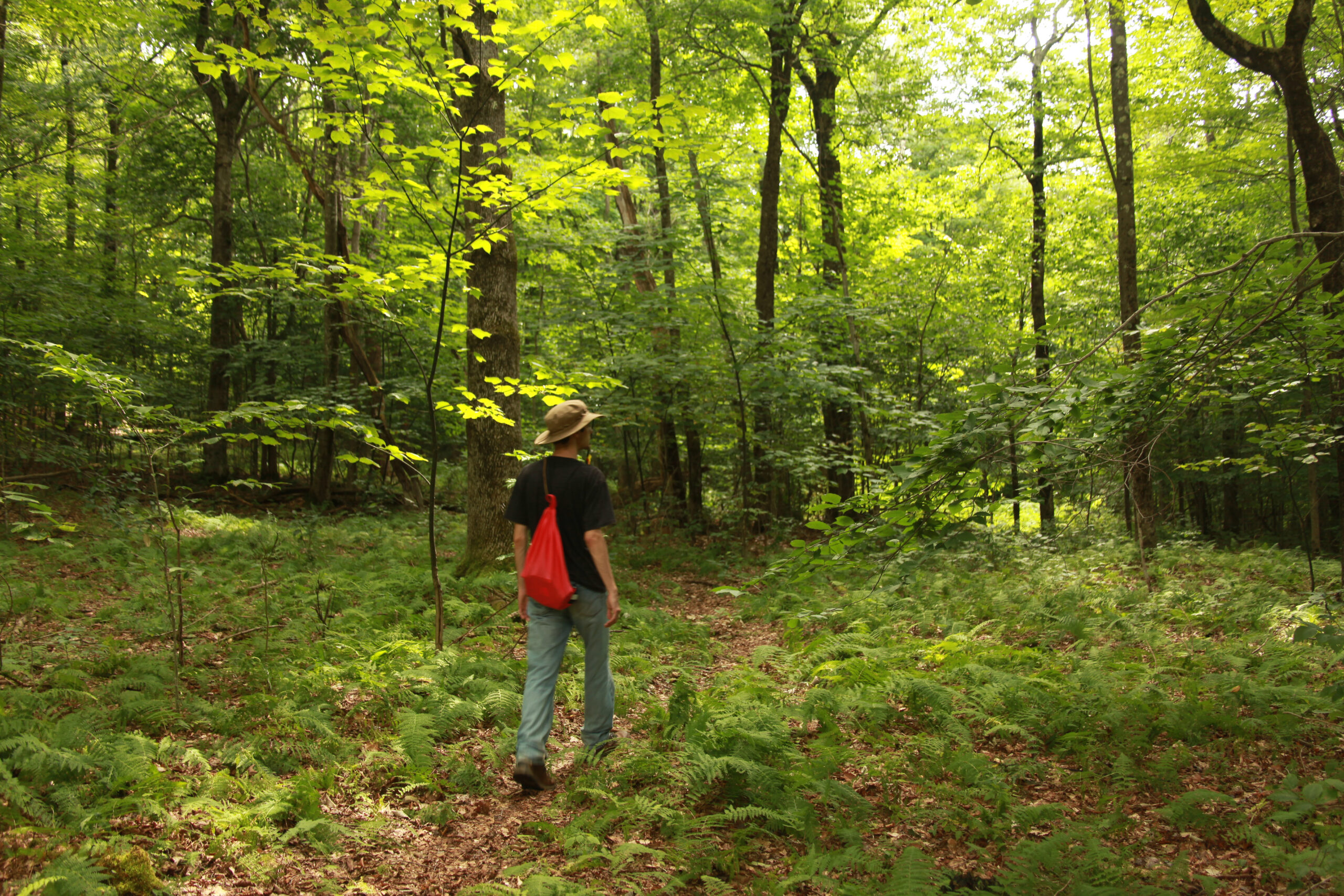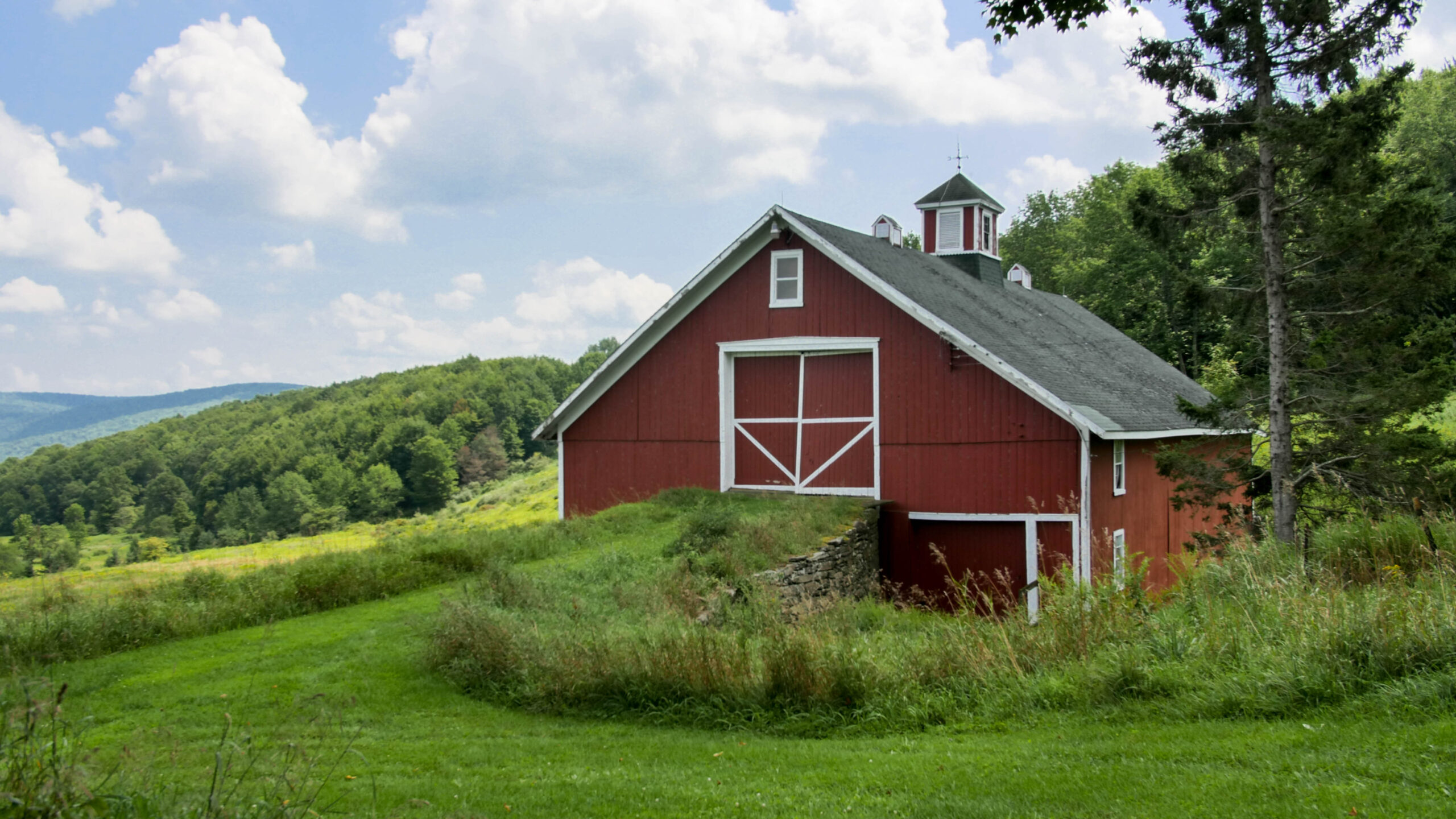Nestled in the foothills of the Western Catskills, the Uplands has a rich human history. Before the arrival of the first European settlers right after the Revolutionary War, the area was the home of the Lenni Lenape native people. They called themselves “Minsi” or “people of the stony country,” an appellation that surely would resonate for the many farmers who subsequently plowed up one stone after another as they worked the fields.
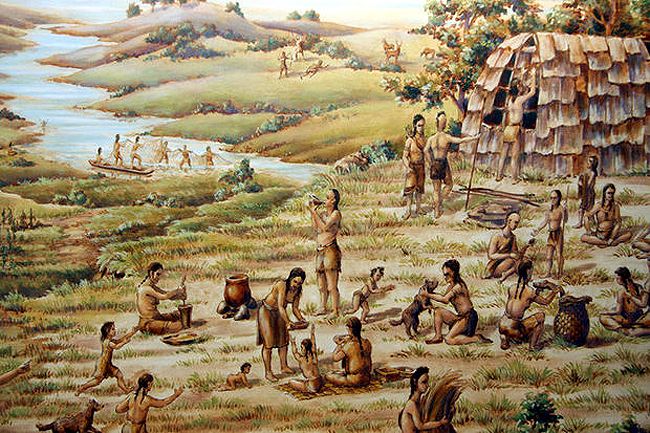
As the area was settled over the next century, the local economy centered around three “Ts”: Timber (some of which was floated down the Delaware River as far as Philadelphia), Tanning (relying materials that were harvested from the then abundant softwood forests), and Tourism (turn-of-the-century New Yorkers took the now-abandoned railroad to one of the many inns that offered a welcome respite from the hustle and bustle of the city.). As the local economy evolved, however, farming remained the mainstay, with dairy farming being the predominant focus.
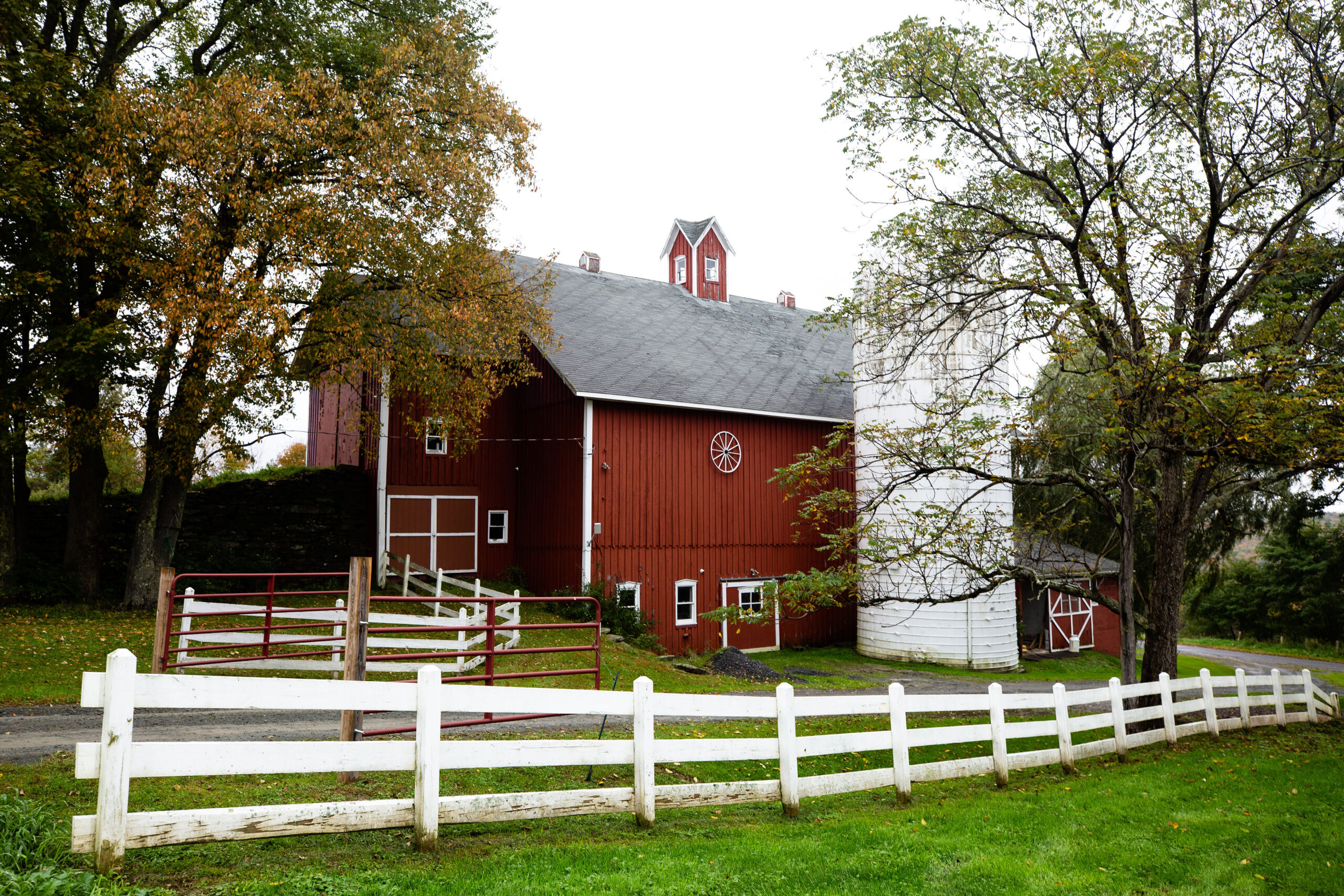
The 290 acre Uplands property is itself comprised of two contiguous dairy farms that for generations were worked by two settler families: Scottish immigrant Alexander Tweedie, (who arrived in 1849) and Revolutionary War soldier and prisoner of war Levi Hanford who settled the land in 1808 and is buried on site in the tiny Hanford Family Cemetery.
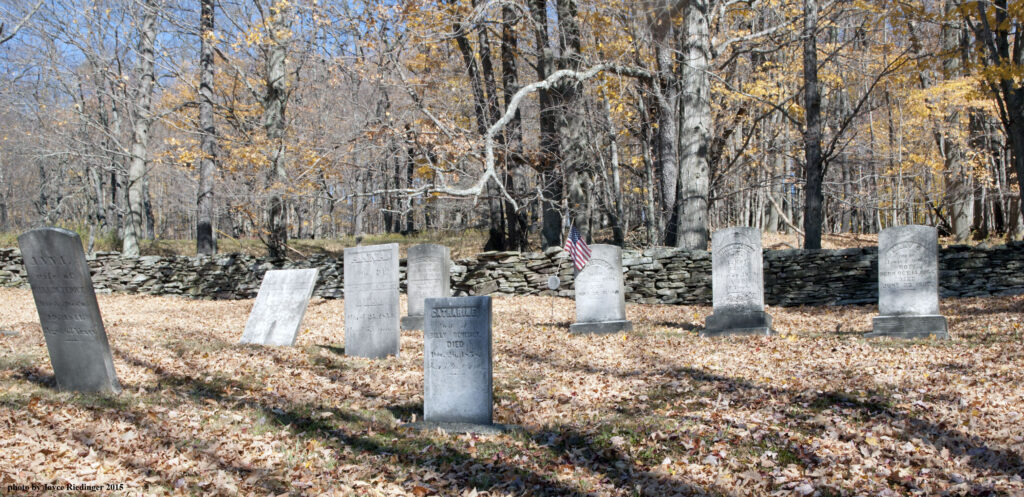
The fields and forests of the Uplands are abundant with the wonders of the natural world. As you stroll leisurely through the grounds, however, a careful look will also reveal signs of its human history. Elaborately constructed stone walls, for example, may suddenly appear in the middle of the woods, signaling a former hayfield that is slowly giving way to forest. Imagine the labor of generations of farmers, plowing up one stone at a time, heaving them onto oxen-or horse-drawn wagons and hauling them to the site of a new stone wall to define the boundary of their land. Long abandoned remnants of a plow or hay baler are scattered throughout the property. Small ponds dot the land, as previous occupants painstakingly dammed a spring or stream to create a watering hole for their livestock. And, if you are very fortunate, you will find an arrowhead, a lasting reminder of the indigenous peoples who settled here over 10,000 years ago.
